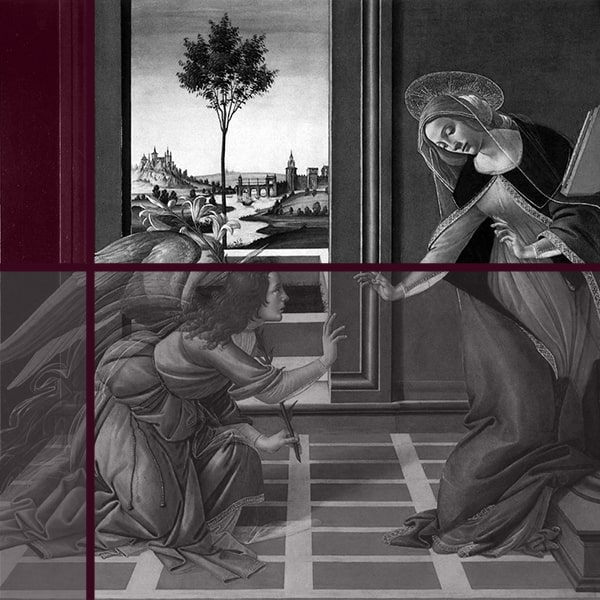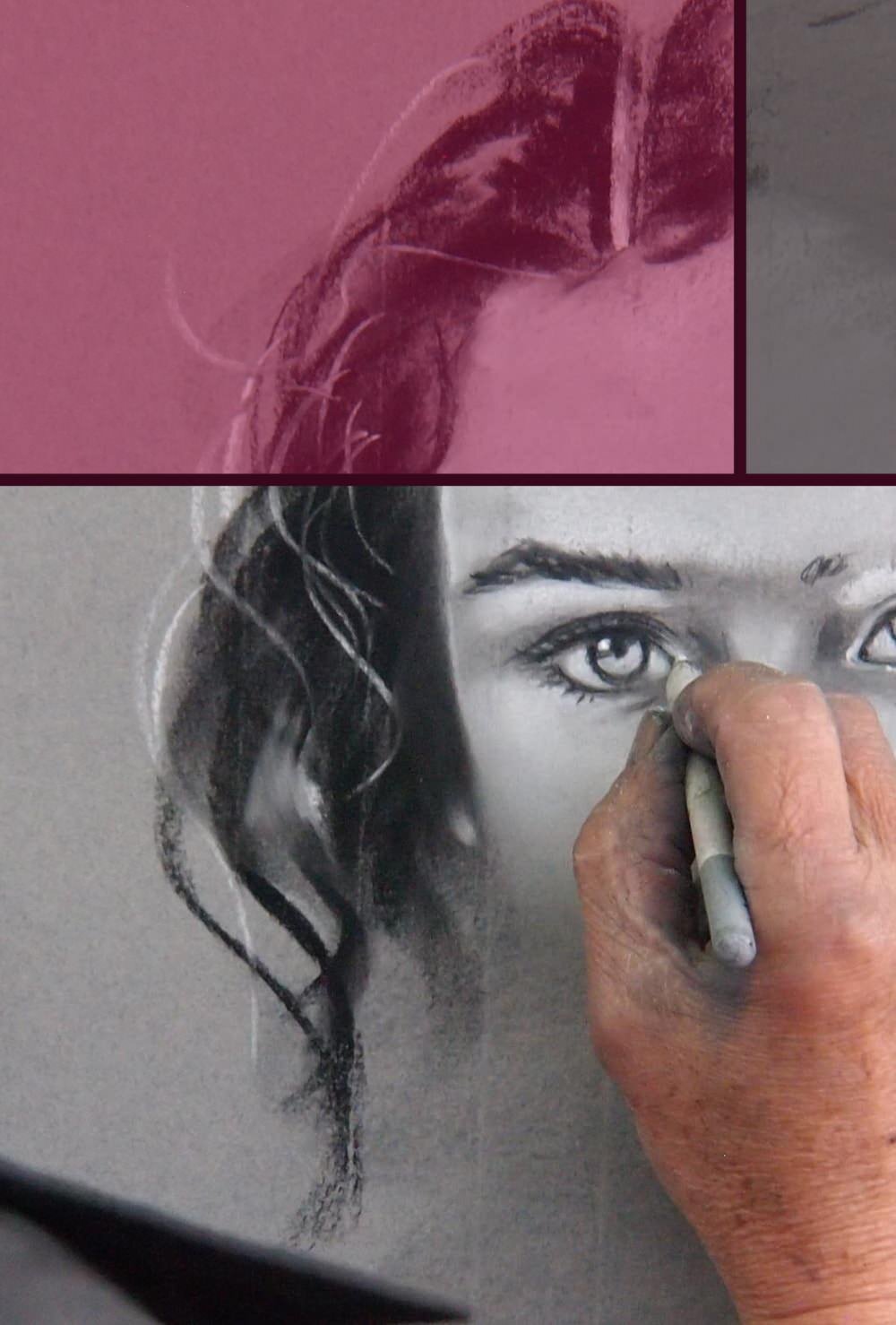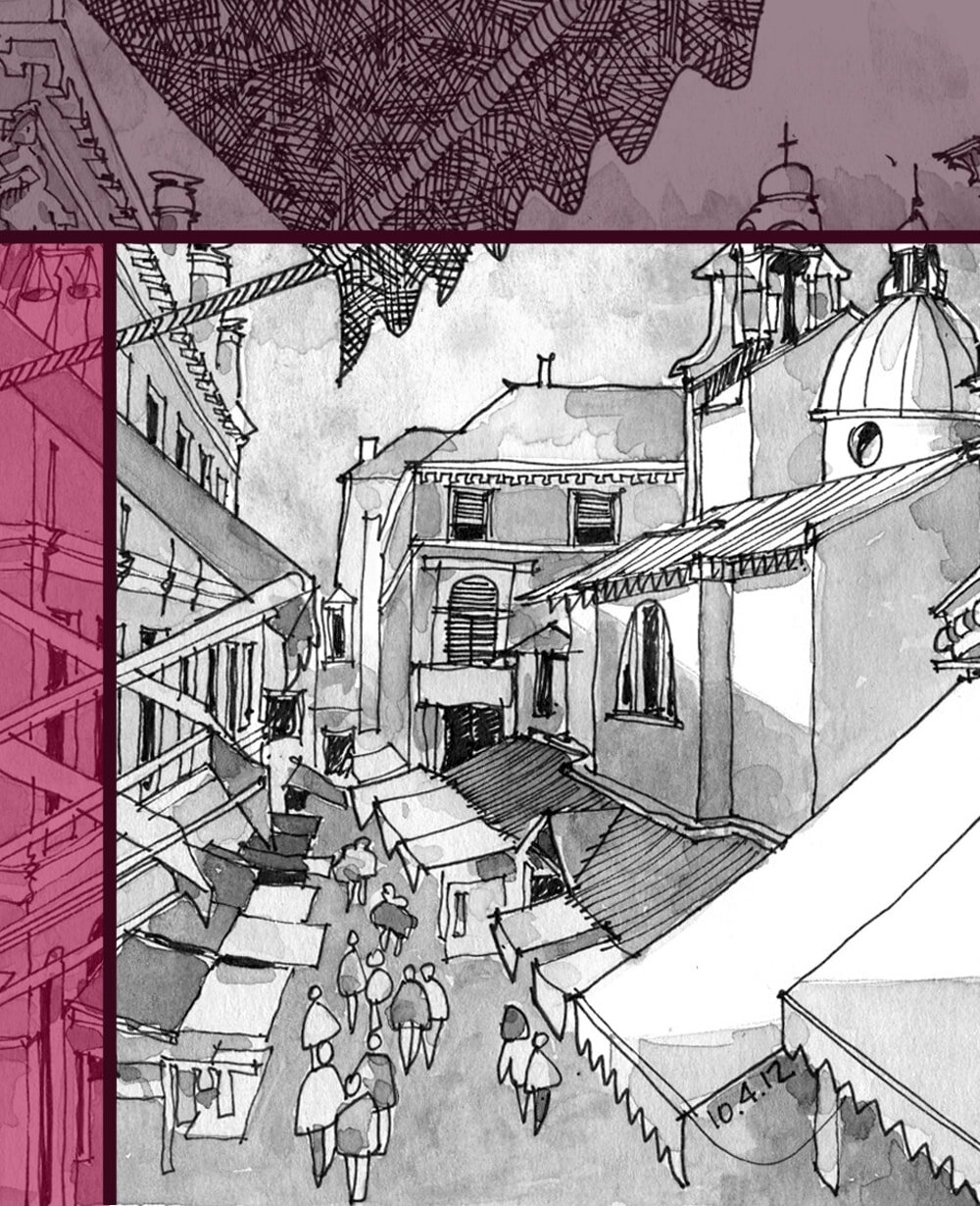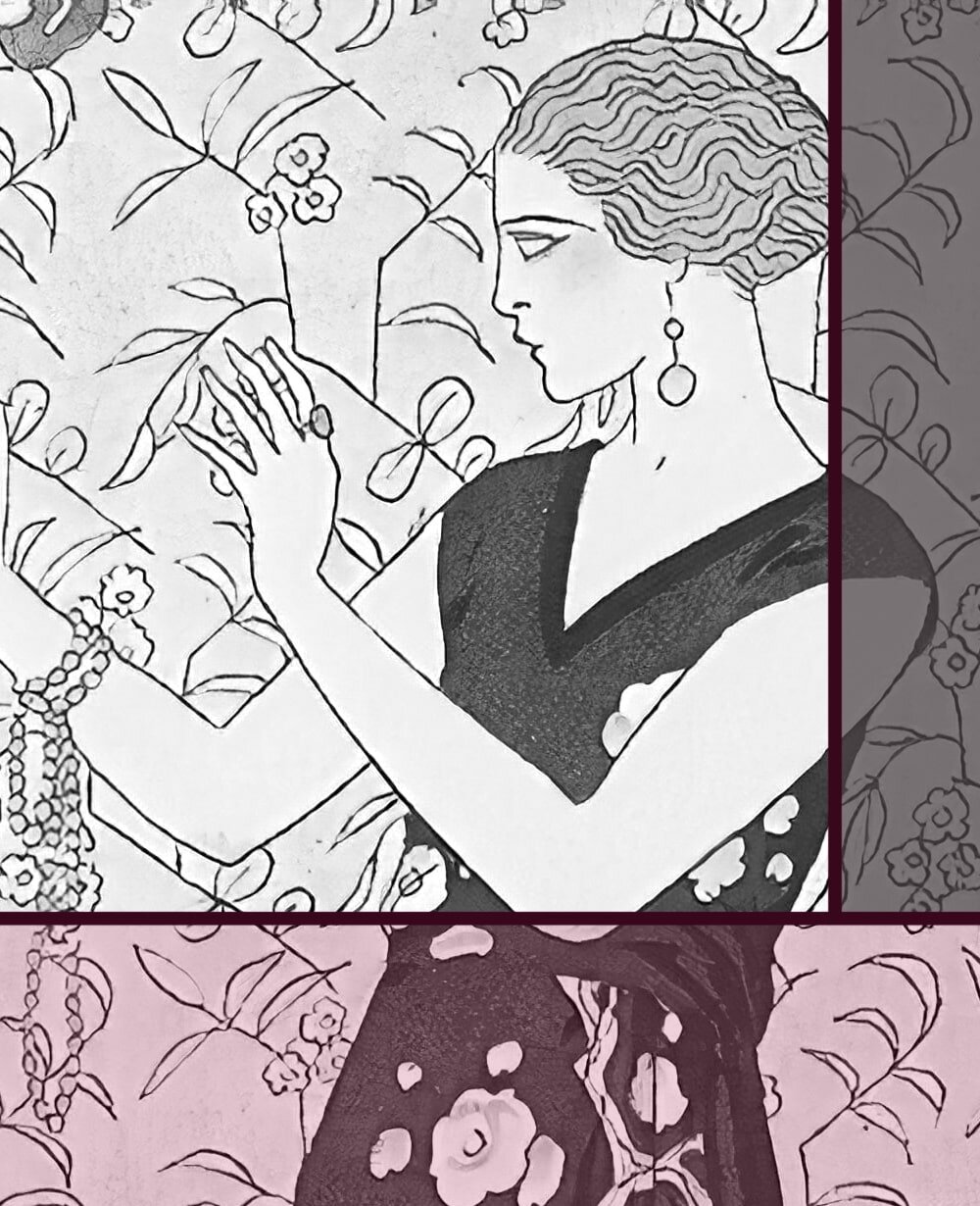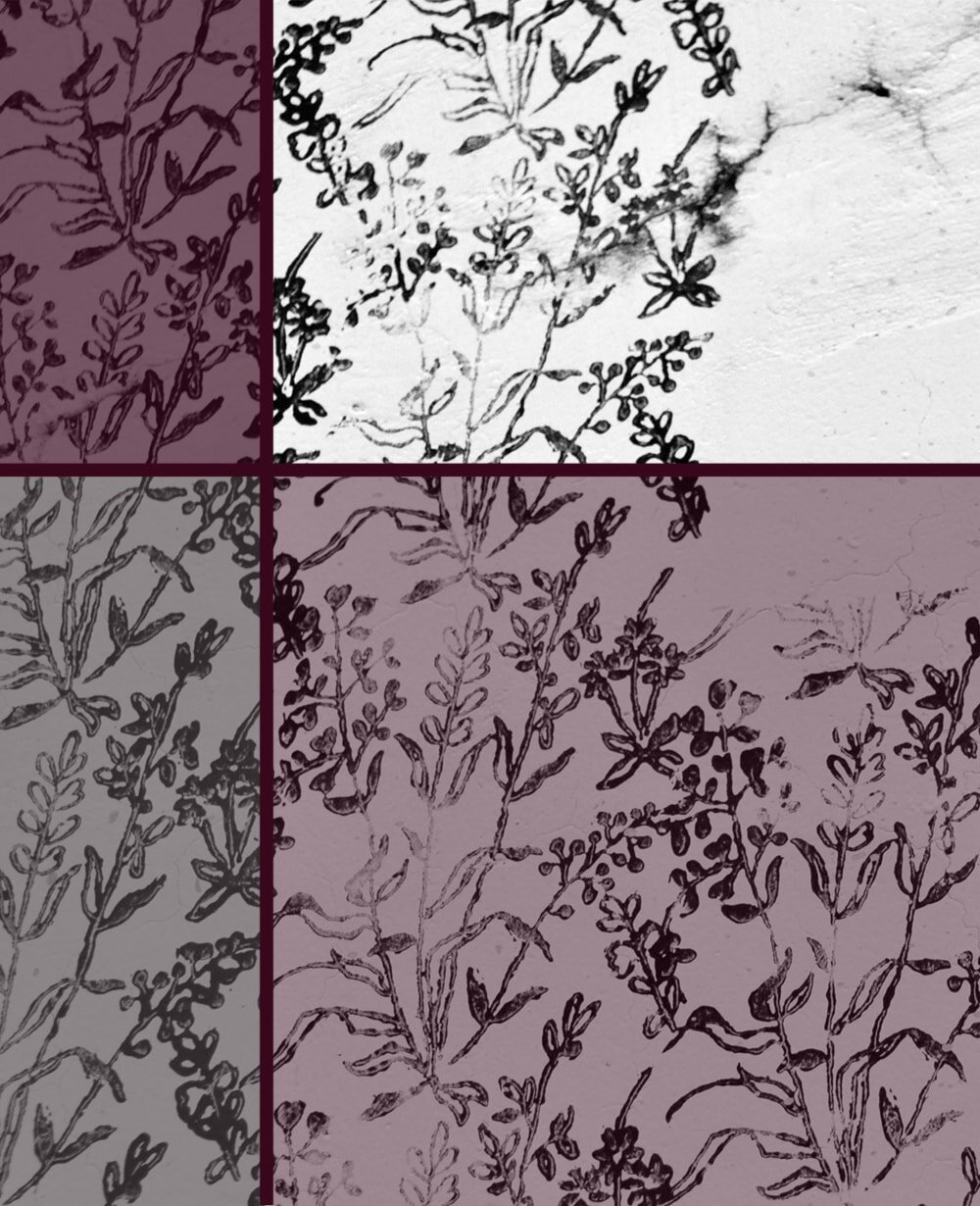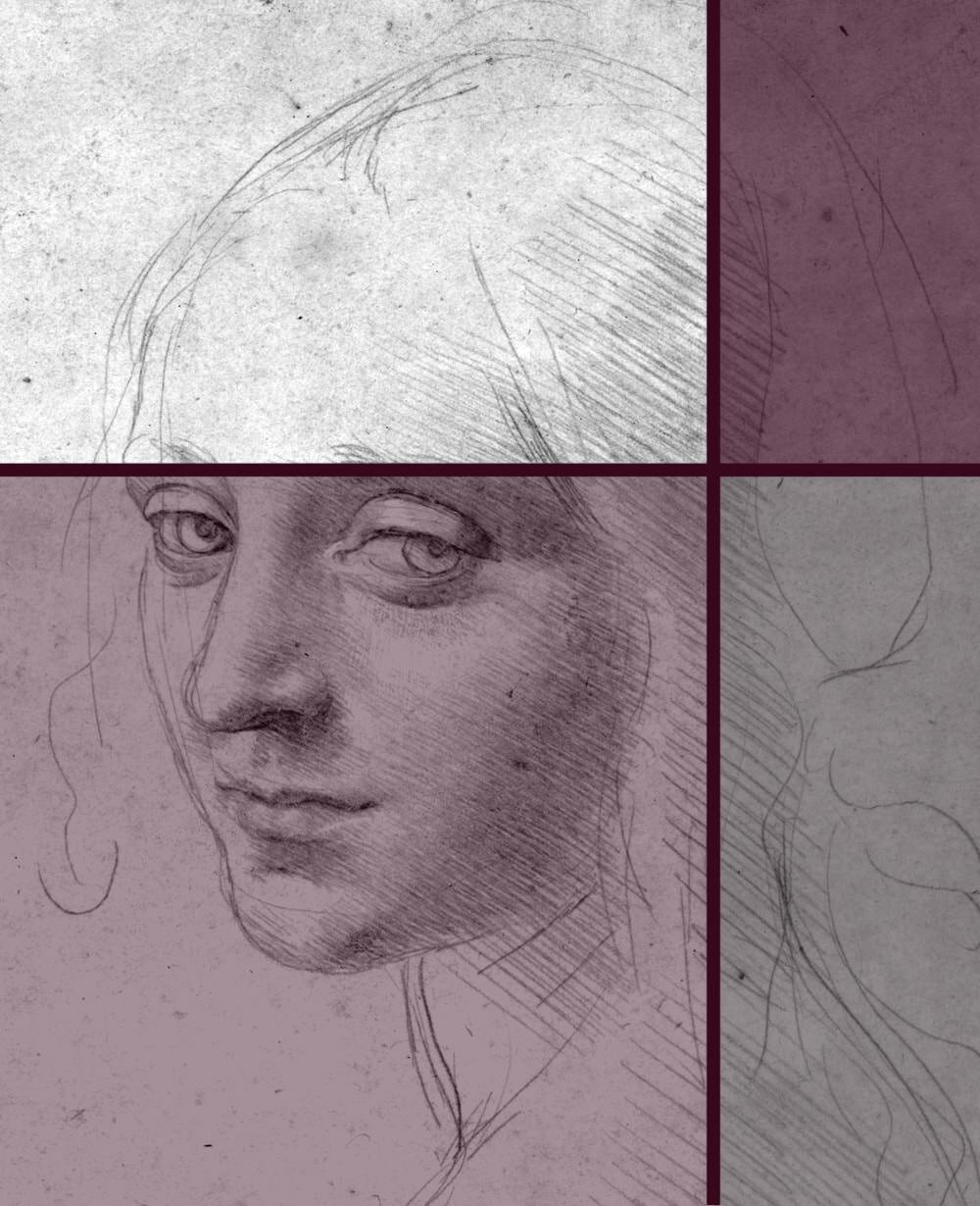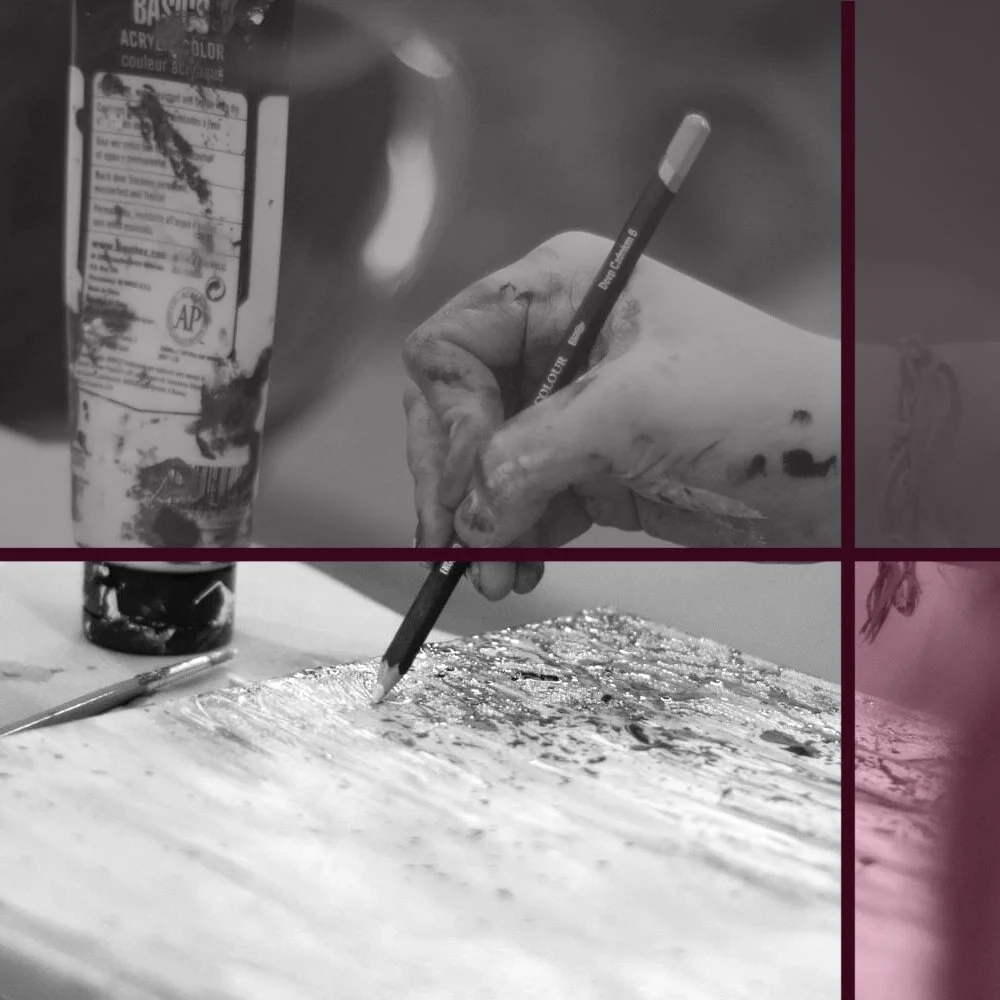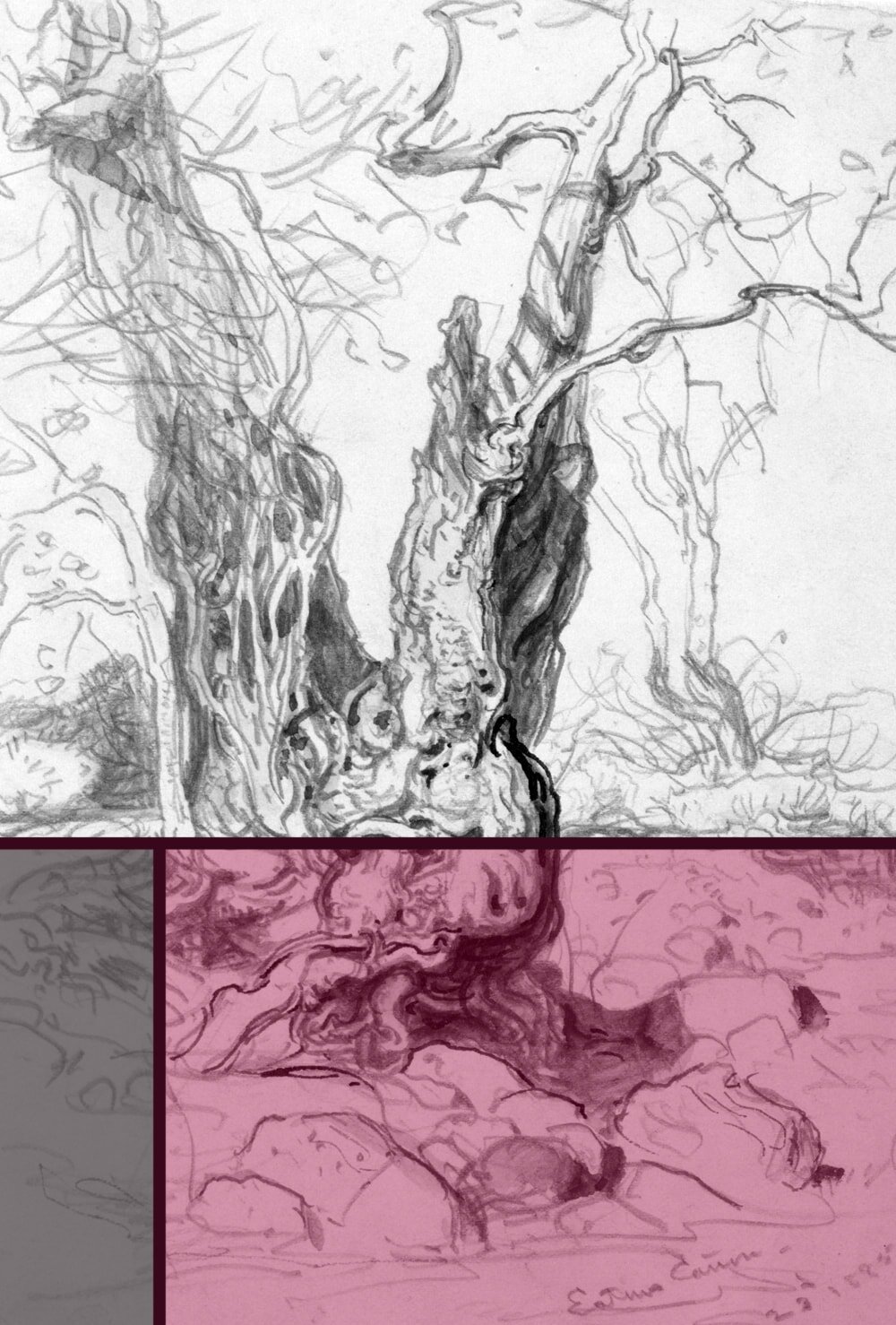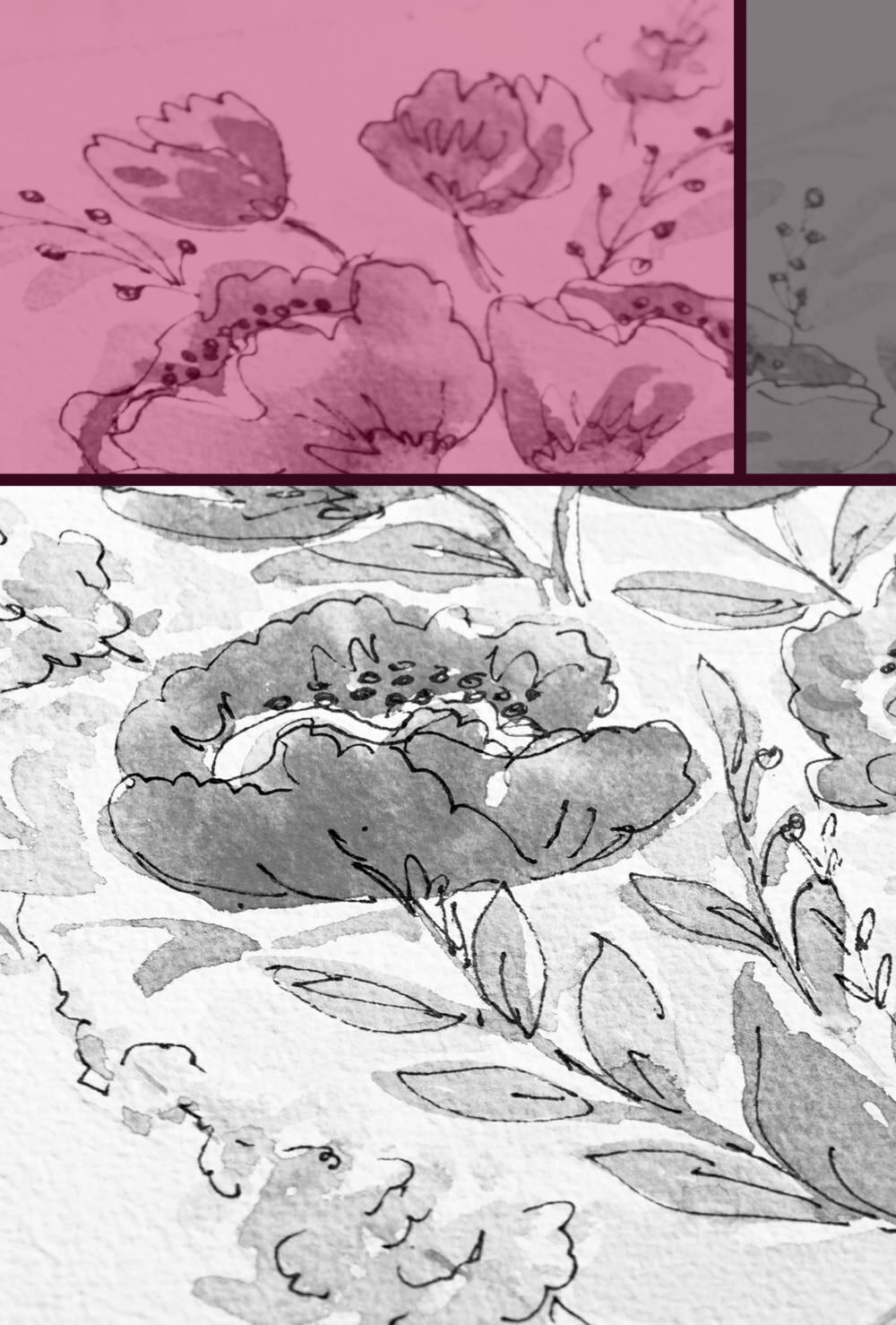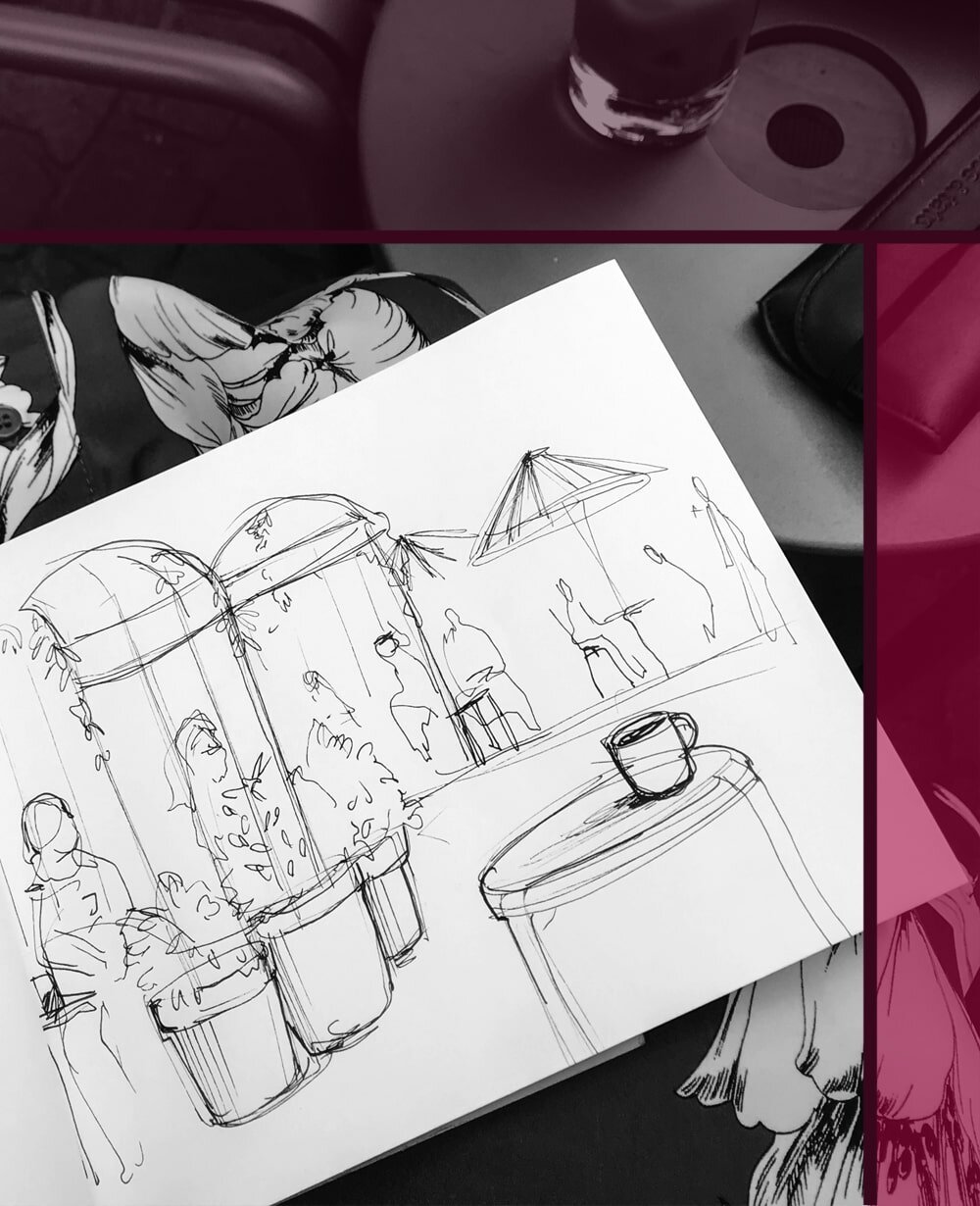Does Beauty in Art still Matter?
If Claude Monet started painting today, would his water lilies still raise him to the same fame? Would we still appreciate them in the same way? Or would we think his work is appealing and expertly made, but not much else?
We live in a society that is starting to put more emphasis on inner values than on outer beauty. That's a good thing, surely. But does this mean we must devalue physical beauty entirely?
Should we accept it only as a complimentary quality to inner values, not as an admirable attribute in its own right? Are we losing (or suppressing) our childlike admiration for ‘shiny’ things? It's not a popular opinion, liking something simply because it's pretty.
Michelangelo’s David embodies male aesthetic in it’s raw form.
Some time ago we used to appreciate art for its aesthetic appeal and skillful execution above all else. If you wished to be a painter, you needed years of training in perspective, colour-theory and composition.
You could communicate an opinion, make a statement with your art, but you had to do it in such a way that the work could still be displayed in someone’s foyer without making dainty visitors swoon. Or even worse, doubt the hosts good taste.
It's not a popular opinion, liking something simply because it's pretty.
Somewhere along the way a new style emerged in our modern, enlightened society. The promise of artistic freedom, and freedom of speech, discarding the shackles that held art captive for centuries.
No need to be subtle anymore. We can display the world in all its ugliness and injustice, in all its pomp and its truth, as bold as we possibly can.
And suddenly there was less emphasis on artistry and charm and more on the message of the piece. Preferably a long, complex message, philosophical, philanthropical, political.
Because, as is the way with us humans: one thing must always be better than the other.
Now it feels as if we are looking for boisterous messages in every piece we see and will shun it if there are none. Every painting, every sculpture has to have a complex meaning and reveal elaborate, deep truths about the artist. Or at the very least have a ground-breaking new technique.
Art that follows the ‘old ways’ of beauty and skill above all is getting rarer, because there is less demand, less appreciation.
Vincent van Gogh's Wheat Field with Cypresses (1889)
I am not impartial to a piece of art that makes a bold statement and I like to think that my own opinions are important enough to get them out on paper occasionally. But I also like drawing pretty things, for no reason other than that they're pretty. I enjoy sketching dancers, for their grace and beauty.
There should be nothing wrong with that. I've always done that, history has always done that. And yet, now it makes me feel oddly shallow. As if I should have something more valuable to say to the viewer than "Look, how pretty!".
Sometimes I find myself sitting in a café, perhaps waiting for a friend, and my gaze is drawn to someone particularly handsome. Their elegant, symmetrical features would make me wish I had my sketchbook with me and enough time to do their beauty justice.
And then I start feeling slightly ashamed, and a little creepy, to be fair. As if the innocent, pure appreciation of beauty is no longer socially acceptable.
I feel like I should tell myself I saw something else in them, some inner glow shining through their outer appearance, and that is why they awoke my artistic interest. But the truth is simply this: I saw something pretty and I wanted to sketch it.
I suppose it used to be easier to "get away" with choosing a subject mostly for its looks, especially a human one. Decorating your home or office with such older work, like a Vermeer or a Manet, and appreciating them mainly for their visual appeal and artistry seems to still be widely acceptable.
But creating new artwork for the same reasons, spending weeks, months, years on a piece just to display the artists skill and the model’s handsome features now seems superficial.
Perhaps we're purposely not admitting how much we still long for and value beauty. If I feel guilty about just a few sketches, what must a sculptor feel when planning to spend a year of his life on a life-sized statue.
To put it into the words of fellow blogger Gavin Lenaghan from Art Web: "Is beauty a matter of irrelevant superficiality, or central to what art is"?
Should every painting, every sculpture, have something more valuable to say to the viewer than "Look, how pretty"?
And then I realised that we are judging the choice of subject as someone that isn't necessarily the addressee of the work. Sometimes an artist looks at something (or someone) they deem particularly aesthetically pleasing and they'd like to spend a little time with its features.
They like to observe, study, enjoy. So, they bring it to paper or carve it out of stone. Simple as that. They don't spare a thought to what they'd like to say with the piece, what the critics might think or how well it will sell.
That process, and its outcome, is between them and the subject. The final viewer is not involved in the act at all, even if we are granted permission to see the piece eventually.
They might not have drawn this mountain range or sculpt this bust to speak their mind. They didn't want to express some inner thinking or draw the public's attention to some imperfection of the world. There is no elaborate message, because they were not talking to us.
We are judging the choice of subject as someone that isn't necessarily the addressee of the work.
Of course, I'm not immune to being judgemental either. In fact, I fall into a similar pattern when I look at artwork such as that of Warhol and Duchamp (yes, the chap with the urinal).
As a mature, open-minded person I should be able to appreciate their messages, but my mind still tries to compare them to a Monet or a Rodin.
Which is a fight that neither Warhol nor Duchamp can win, simply because I wouldn't want to decorate my living room with their pieces. But I shouldn’t be comparing them in the first place.
I'd call it two sides of a coin, but that's not it, is it? It's two sides of two different coins. A coin and a credit card. Related, but not the same thing at all. A Duchamp is clearly meant for the public, it's created for the message. A Monet may not be.
He may have painted this particular piece simply for himself, because the subject moved him, with no thought spared to what happens once it’s completed. We're allowed to look at it, but don't have the right to make any demands or pass any judgement.
For now, I just wish we would agree that no message, or lack of message, or subject is better than another and not everything can be and must be compared.
It all depends on the recipient and what the art is used for. Life is too short to paint something you don't have feeling for just to please the general public.
It's every artist’s right to forego beauty, or skillful execution, for a message that they must get out. Just as it is every artist’s right to appreciate something simply because it's pretty, be it a landscape, a flower or a person. It's the 21st century, surely we can have it both ways now?
Roger Scruton made an interesting documentary about the topic, if you want to dive a little deeper into it. You can read more about it in my article 10 Films about Art that are Worth your Time.
Did you enjoy this article or feel like you have anything else to add? Feel free to leave me a comment below!
If you like this post, please share it, so others may like it too!







